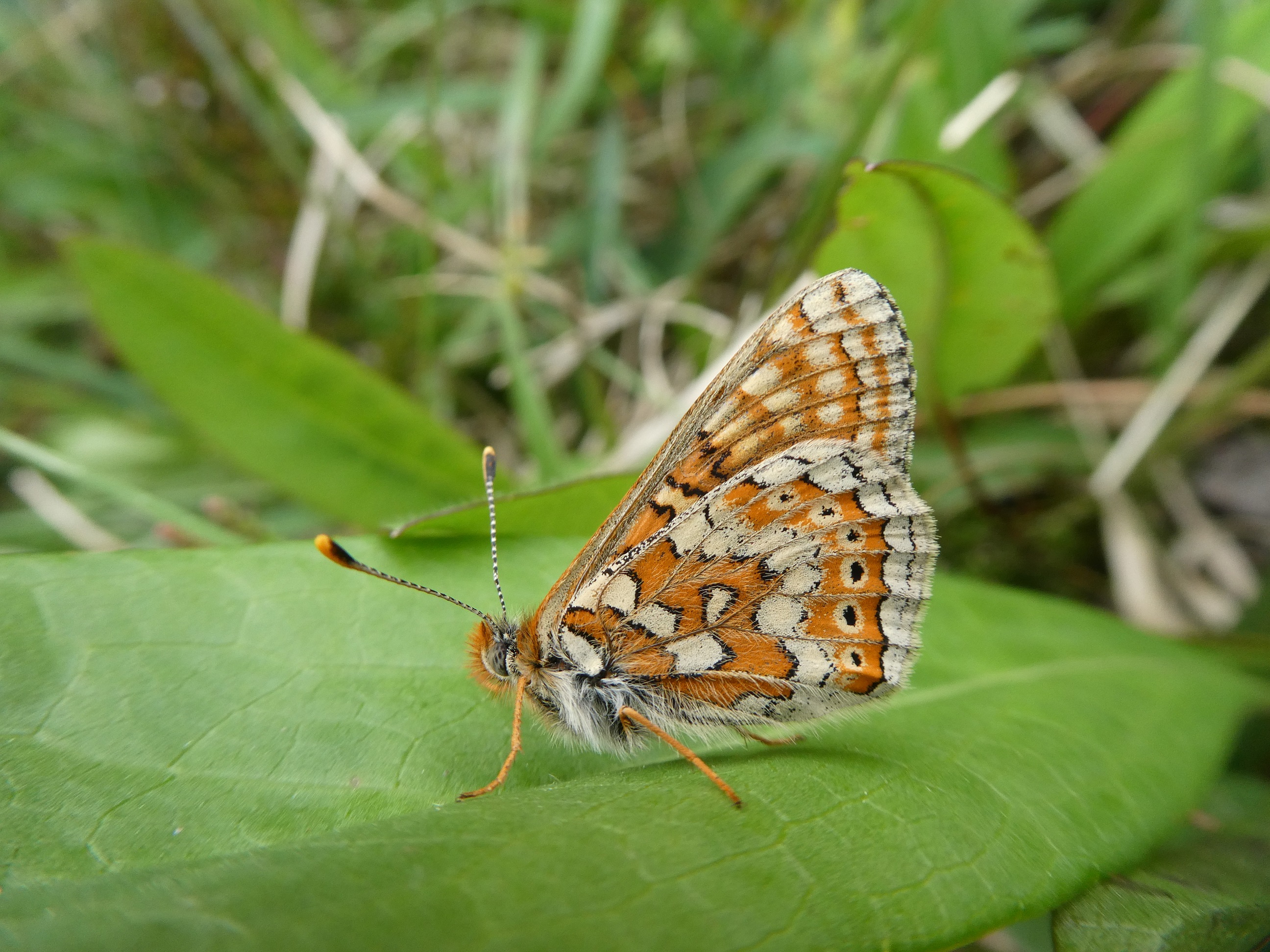“All the bright precious things fade so fast. And they don’t come back”. (Baz Luhrmann: The Great Gatsby 2013)
One of the sweetest pleasures of the butterfly lover is to see a perfect, freshly emerged butterfly. When it pushes its way out of its chrysalis and dries and expands its wings, the new butterfly perches in the open. Most butterflies then bask, with wings open, to warm up. If you are lucky, you can see these brand new insects, showing perfection to the sun.
This butterfly has yet to have any of its silken glow tarnished. It has not brushed up against vegetation. It has not pursued or been chased by a mate. It has not had its colours bleached by the sun. He has yet to fight another male to hold a territory. She has not yet lost wing scales crawling around larval host plants to seek out a suitable egg site. No bird has taken a peck at a wing, no dragonfly assault has torn a wing. No sharp gust has attacked, no rain has pelted at its colour of the perfection of the wing margin. The delicately scalloped wing edge, the outer hair fringe-all breathtakingly pristine.
But life does not stay still for anyone and for a brief butterfly life to have meaning the butterfly must take to her air and fulfil its destiny. He is born to find as many mates as he can. She is born to lay as many eggs as she can in the best places she can find. She will not lay on just any food plants, she is choosy, selecting only the best plants in the choicest locations. She will test the site around the host plant, she may check it to make sure no-one else has laid eggs there before her. She tests the temperature and nutritional quality of the plant.
These activities remove the delicate scales and fray the wing edges. Mindful of this damage, many butterfly collectors bred specimens in captivity to obtain perfect specimens, quickly killing the newly emerged butterfly before it loses any of its perfection. Even in butterflies that are long-lived, such as the Peacock butterfly, which can live ten months or occasionally a month more, the intense, sharp definition and colour pales quickly. Colour washes out; the deep mahogany-red ground colour of the upper sides dulls quickly. Tiny scars appear. It loses that ‘wow’ factor.
Short-lived butterflies, such as the Marsh Fritillary, which has one of the shortest adult life-spans of any of our butterflies, is elaborately patterned. The brick-reds, creams, yellows are set in various shapes on a dark background. On the more extreme examples, the ground colour is coal black. This enhances the contrast with the bright colours, giving a stronger definition. Within a day, scale loss gives this butterfly a greasy look, a mockery of its pristine glory. It spent around 6 weeks as an egg, ten arduous months as a caterpillar and two weeks as a chrysalis to reach its ultimate state just to lose its glory after the first day as a winged insect.
As a metaphor for human life, the message is clear. Our fate reflected in a butterfly’s, even though it is played out over a longer time. However, we live in an era of greatly increased longevity compared with a century ago. So perhaps we appreciate the beauty of a newly hatched butterfly not just for the extravagant colours and patterns but also for the ephemerality of the display. We sadly have another reason to appreciate beauty today-rarity. Many species are much less likely to be seen today-partly because we have grown distant from nature but also because of the retreat of butterflies underway in the modern landscape. As early as the 1930s Frederick Frohawk, one of the greatest of the English lepidopterists, warned that the countryside in England was becoming less accommodating to butterflies. Frowhawk died in 1946, before the post-war onslaught of chemical inputs in agriculture. He would be appalled if he could see the British countryside today.
We don’t need to go back that far in Ireland. The changes since 1980 have been immense. Large areas of the landscape have simply been destroyed. And many of these changes are irreversible. Large areas of the Burren (though thankfully, most of it remains) have been destroyed. Most of our raised bogs are extinct. Most semi-natural grassland has been obliterated by ploughing, re-seeding, the input of fertilisers, pesticides and herbicides, drainage, abandonment, construction, afforestation, quarrying, over-grazing, etc.
It is not sustainable to live the way we are, so far from nature that we feel immune to change. What has happened to our butterflies may one day happen to us. That metaphor may be more meaningful than we want it to be.
We have seen a large surge in the membership of Butterfly Conservation Ireland in the last two years. We are a voice to express your love of and concern for our wild places and the wild creatures that rely on these places. Please continue your support for Butterfly Conservation Ireland so that we can continue to demand that our landscape is respected. Otherwise, the beauty of the sensitive species like the Marsh Fritillary, and what it has to teach us about ourselves and the quality of our environment, may not be there to delight and intrigue.



